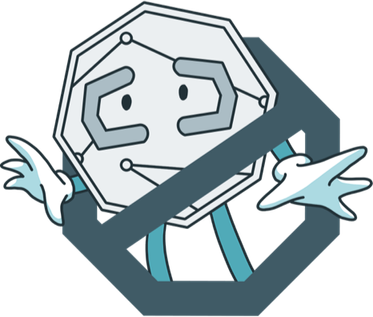In recent years, the rapid advancement of Artificial Intelligence, particularly Large Language Models (LLMs), has ushered in a new era of problem-solving efficiency. One notable area where LLMs are making a significant impact is in automating software testing, addressing the persistent challenges that software development teams face.
Let’s explore how AI, specifically ChatGPT, is being harnessed as a co-pilot by Quality Assurance (QA) engineers, enabling them to streamline the automation of software testing processes and overcome the obstacles associated with Test Automation Debt.
Solving test automation debt through automation
Software development teams often grapple with Test Automation Debt, a predicament where inadequate automation of test cases hampers the software development lifecycle (SDLC). The result is a significant portion of the quality team’s time being consumed by manual test case verification and creation, which ultimately decelerates the engineering team’s shipping velocity. Several key challenges contribute to this problem:
1. Lack of Automation Experience: QA teams may lack the necessary expertise to write scalable code for automation. This knowledge gap can hinder the transition to automated testing.
2. High Cost of Automation Onset: Starting automation efforts can be resource-intensive, requiring substantial bandwidth from engineering management and QA. The presence of a substantial backlog of test cases awaiting automation exacerbates this challenge.
3. Poor Documentation and Maintenance: Inadequate documentation of test cases and a lack of proper maintenance for regression and sanity suites contribute to testing inefficiencies. As product companies focus predominantly on feature development, the stability and quality of software can suffer.
4. Human Evaluation Preference: In some cases, human evaluation of test cases is preferred over machine evaluation, leading to slower testing processes.
While addressing each of these challenges warrants individual attention, here we will focus on how QA engineers can leverage ChatGPT or LLMs as co-pilots for Behavior-Driven Testing (BDD) automation.
Using GPT3.5 for BDD and its automation
Behavior-Driven Development (BDD) is an Agile software development methodology centered around documenting and designing applications based on user-expected behaviors during interactions. Automating this process eliminates the need for human intervention, yet QA teams often face difficulties in achieving this automation. Here, we explore how the power of LLMs can be harnessed to expedite BDD automation.
Workflow Steps
QA engineers can fine-tune the ChatGPT model to generate appropriate automation code using provided HTML code and steps. The output is a code snippet in the form of step definitions, ready for use by QA teams.
After fine-tuning, ChatGPT requests the relevant HTML and steps to serve as a base for automation. This input enables ChatGPT to generate step definitions tailored to the specific task.
Based on the provided HTML and steps, ChatGPT comprehends the DOM structure and prompts users for the relevant syntax. The final output is the step definition file for the specified scenario, which QA engineers can incorporate into their framework after a brief quality check.
Boosting productivity with AI assistance
The rise of AI and the emergence of co-pilot models are reshaping human productivity by offloading routine tasks and allowing individuals to focus on more innovative aspects of their work. While these technologies serve as valuable assistants, it’s essential to remember that human intelligence remains central. Just as tech, marketing, sales, and customer success teams leverage the capabilities of LLMs in their workflows, QA engineers can similarly enhance their productivity. By embracing ChatGPT as a co-pilot, QA professionals can expedite their work, ensuring the quality and stability of software while allowing human ingenuity to shine.
Leveraging AI, particularly ChatGPT, for software testing automation, offers a practical solution to Test Automation Debt and empowers QA engineers to embrace Behavior-Driven Development with efficiency. As the world of software development continues to evolve, the partnership between humans and AI is poised to drive innovation and quality to new heights in the realm of software testing and beyond.





